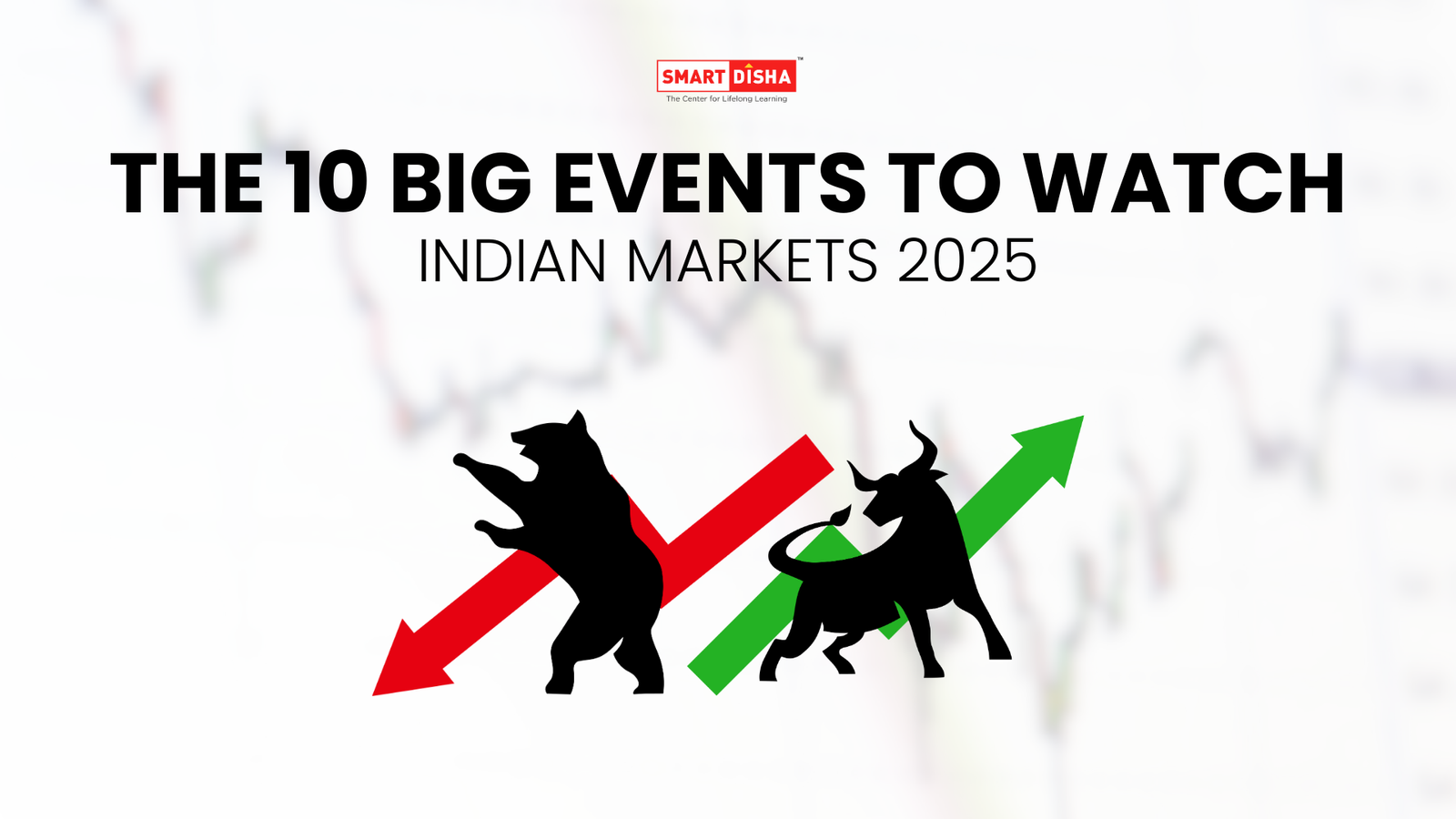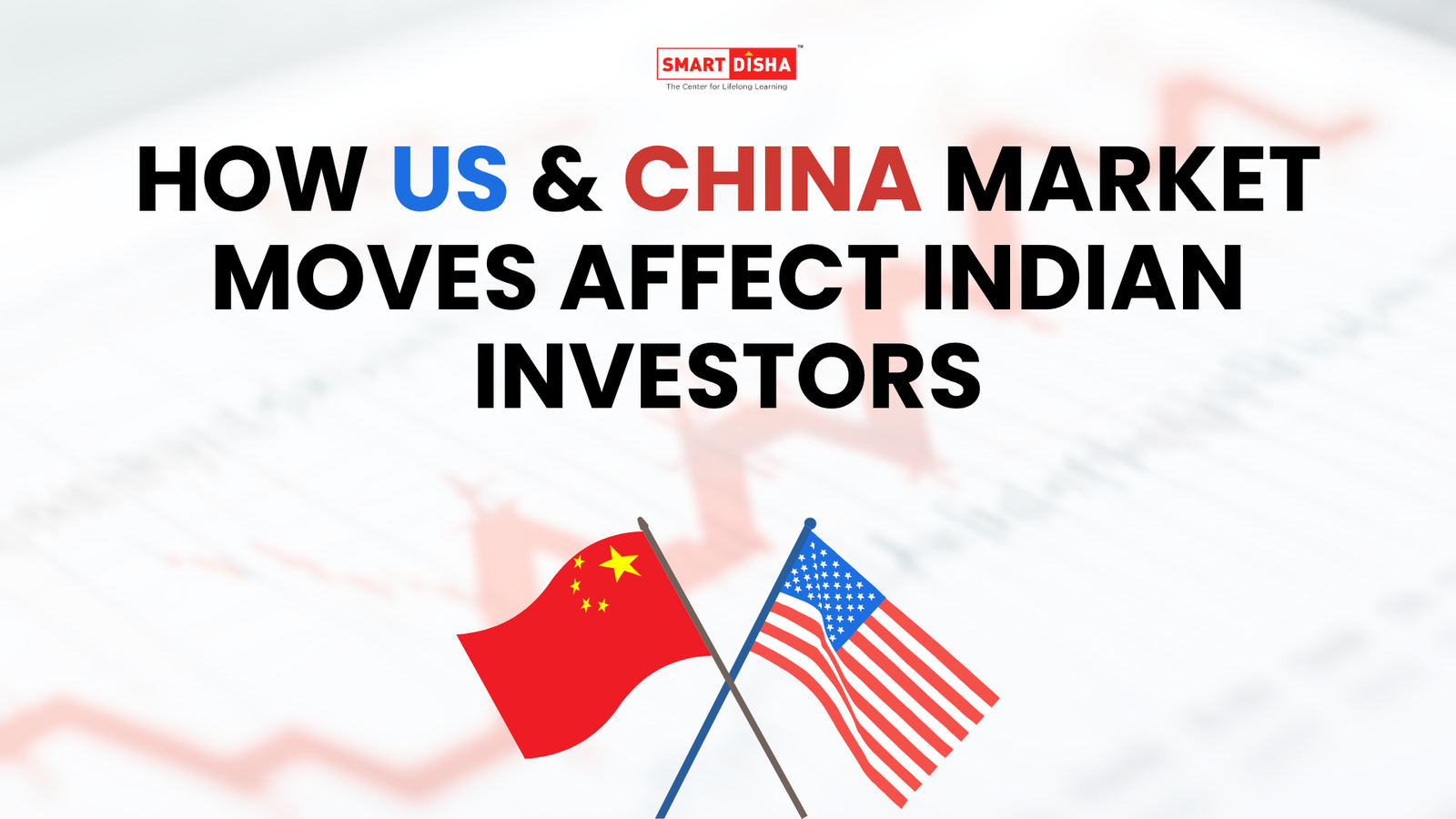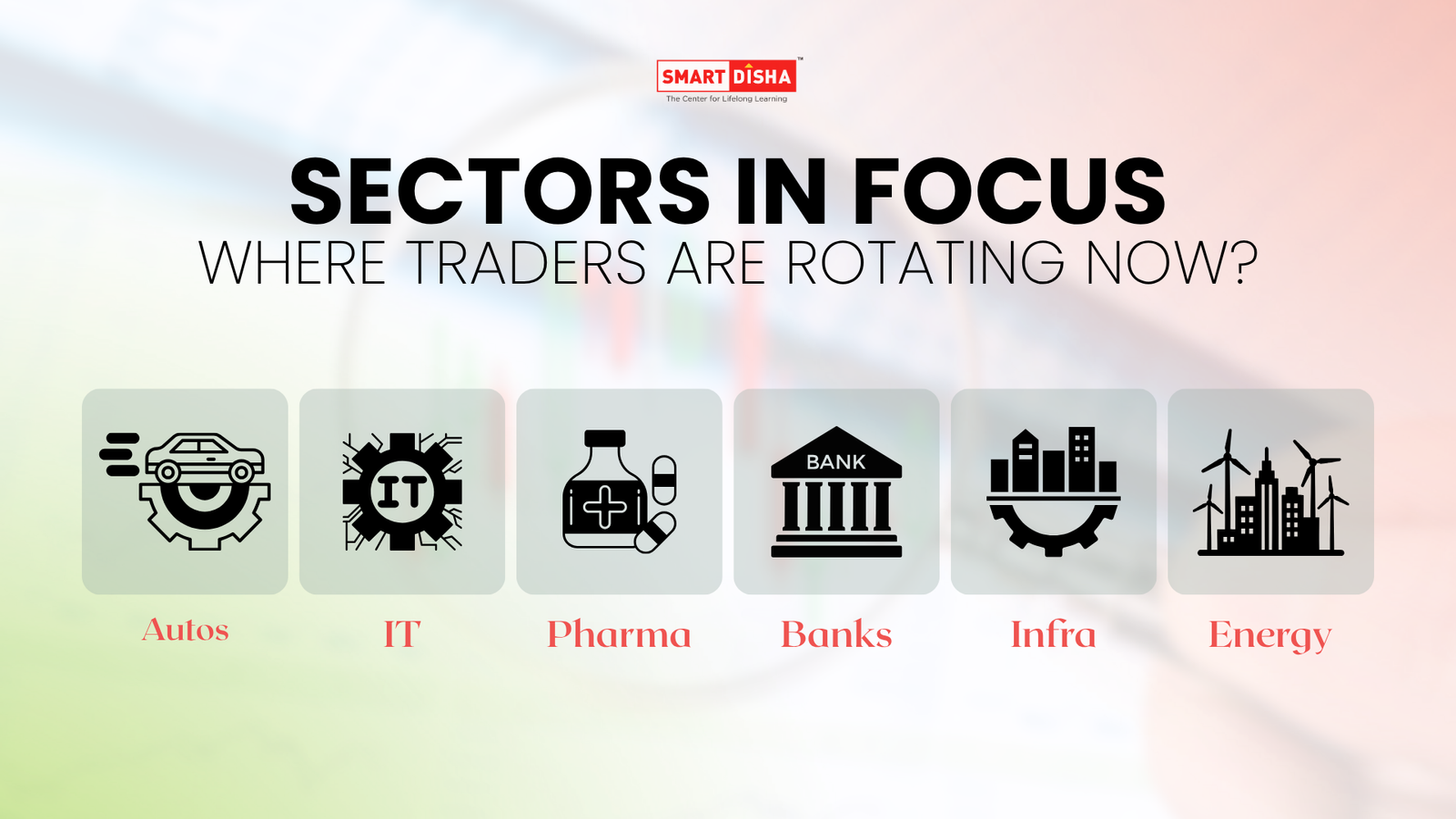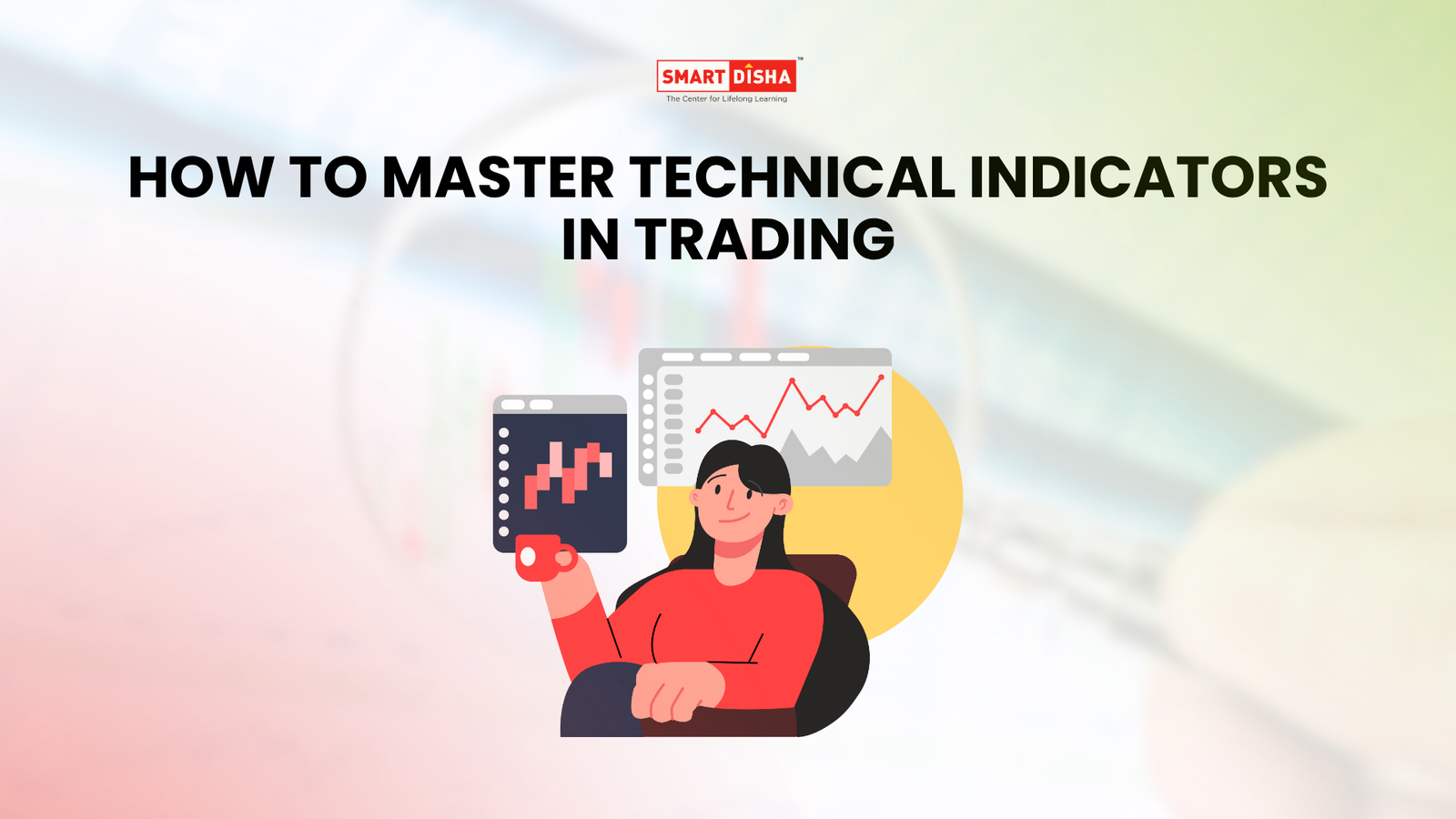In 2025, investors are facing a landscape shaped by shifting economic policies, global trade pressures, and evolving market sentiment. For anyone active in equities, keeping track of stock market events is more important than ever, not only to capture opportunities but also to manage risks. This year brings several major developments that could influence valuations, trading volumes, and cross-border flows, with particular significance for both Indian markets and global linkages
1. Central Bank Meetings & Interest Rate Decisions
Monetary policy continues to be the anchor for market expectations. Central banks across major economies are expected to adjust (or signal changes to) interest rates as they balance inflation control with growth moderation
- U.S. Federal Reserve (FOMC): The Fed has already started cutting in September 2025, but its future moves, especially the meetings in October (Oct 28-29) and December will be key
- Other major central banks: Bank of England, European Central Bank, Bank of Japan etc., have scheduled decisions that may shift policy rhetoric or guidance. Sudden hawkish turns or dovish surprises often lead to sharp equity or currency moves
For India, while the Reserve Bank of India (RBI) meets less frequently than some global peers, its communication, especially on inflation, credit growth, and liquidity, will also influence local equities and foreign flows
2. Tariff Negotiations, Trade Policy, and Global Protectionism
Trade is no longer just an economic issue; it is a geopolitical lever. Several trade/tariff policies and ongoing negotiations are set to shape corporate margins, exporters’ competitiveness, and sentiment
- The US has been imposing reciprocal tariffs, and India has responded with adjustments including reduction in GST to cushion consumers. The final shape of trade deals or retaliatory tariffs could affect sectors like automobiles, pharmaceuticals, agriculture, and speciality chemicals
- Renewed trade discussions between India and the US seem to be lifting sentiment in domestic markets. If agreements move forward, they may reduce uncertainty for exporting companies
Markets hate uncertainty; hence, any clarity or surprise in trade policy is likely to trigger price swings
3. Regulatory & Structural Reforms in India
Indian market structure and regulatory policy changes are just as powerful as global macro in moving domestic equities
- GST Reforms: Recent cuts in GST are expected to enhance consumption, especially in retail, FMCG, consumer durables. That lifts earnings potential for companies in these sectors
- IPO lock-in expirations: Over the next few months, a large number of companies will see their IPO lock-in periods expire. When pre-listing investor shares become tradable, supply increases and may exert downward pressure on prices
- New derivatives/expiry rules: SEBI’s proposed rejig in derivatives expiry days could shift where volumes concentrate, affect volatility, and influence strategy of options traders
4. Earnings Seasons & Corporate Performance
At the heart of any stock market are company earnings. In 2025, earnings growth vs expectations will be under the microscope
- Companies in cyclicals (metals, auto, infrastructure) will be watched for margin pressure due to input cost swings and demand softness
- High growth sectors like tech, data centres, speciality chemicals will be expected to deliver not just revenue growth, but also margin discipline
- For India, foreign institutional investor (FII) flows are sensitive to earnings surprises. If corporate earnings begin to disappoint versus expectations, markets may see sharper corrections
5. Festive Consumption & Domestic Demand in India
India has a distinctive pattern: the festival season (Diwali, Navratri, Puja etc.) often boosts consumption, which in turn can lift consumer‐facing equities
- With inflation relatively stable and recent tax/GST cuts, consumer confidence is expected to improve. More discretionary spending may flow into retail, consumer durable, and lifestyle brands
- Insurance and financial services also benefit, since more economic activity tends to lead to higher demand for credit, insurance, and related financial products. Long-term structural growth in these sectors remains promising
6. Macro Data Releases & Inflation Trends
Markets globally are very much data-driven. Key economic indicators in the US, India and other large economies will significantly influence investor expectations.
- Inflation (CPI, core inflation) and employment data (unemployment rate, non‐farm payrolls in the US) remain central. If inflation declines faster or slower than expected, central banks will be forced to adjust guidance.
- For India: wholesale / consumer inflation, food and fuel inflation, monsoon patterns (which affect agricultural yield), retail sales data, all these feed into earnings, cost structures, and ultimately valuations.
7. Geopolitical Events, Global Summits & External Shocks
Unpredictable, yet extremely potent for markets.
- G20 Summit, 22-23 November 2025 in Johannesburg: Although heads of state summits often produce more headline outcomes than immediate policy shifts, markets pay attention to signals about global trade, climate, funding for emerging markets
- Any escalation in geopolitical tension (trade wars, sanctions, border conflicts) could shift investor risk appetite.
- Environmental or climate disasters (droughts, extreme weather) can indirectly affect supply chains, commodity inflation, and hence markets.
8. Index Rebalancing, Passive Flows, and Foreign Investor Behavior
Index and fund flows are quiet yet powerful influences
- Nifty / Sensex / other benchmark reshufflings: When major indices add or remove companies, passive ETFs and funds have to adjust, leading to buying or selling pressure in specific stocks
- Foreign institutional investor (FII) flows: Global risk perception, US yields, currency strength all feed into whether FIIs put more money into Indian equities. A reversal here could lead to sharp moves
- Retail participation: With demat accounts crossing new highs, retail investors are more active than ever. Their behavior during volatility (panic selling or buying) could amplify moves
9. Jackson Hole & Major Policy Speeches
Sometimes, what is said matters more than what is done
- The Jackson Hole Economic Symposium remains one of the most closely watched global gatherings. Central bankers, economic thinkers, and policymakers convene, and their speeches often contain cues about future rate strategy, risk assessments, and monetary policy frameworks
- Similar addresses, Fed Chair speeches, RBI Governor’s commentary, Finance Minister’s budget speeches, often shift expectations and can lead to short-term market ripples.
10. Unlocking Events & Market Liquidity Catalysts
Certain scheduled events influence supply, demand, liquidity, and thus volatility
- As noted above, IPO lock-in expirations in India over the coming months are sizable, meaning previously non-tradable shares will begin to trade. That creates fresh supply and may test whether demand is strong enough to absorb it
- Introduction of new exchange instruments, such as futures in electricity, or changes in derivatives expiry rules, adds trading tools and can shift where speculators concentrate risk
Conclusion
2025 will continue to be a year of important inflection points. Central bank decisions, trade policies, macroeconomic data, regulatory changes in India, and global summits are all on the calendar as possible catalysts for market moves. Investors who stay alert, maintain flexibility, and use disciplined risk management are more likely to navigate the coming turbulence profitably
The best strategy may well be to expect the unexpected, watch for cues, not assumptions. This approach can help you respond as markets change, rather than being caught off guard
Before reacting to major stock market events, explore our detailed guide on portfolio rebalancing at Smart Disha Academy to understand how disciplined adjustments can protect your investments during volatility




